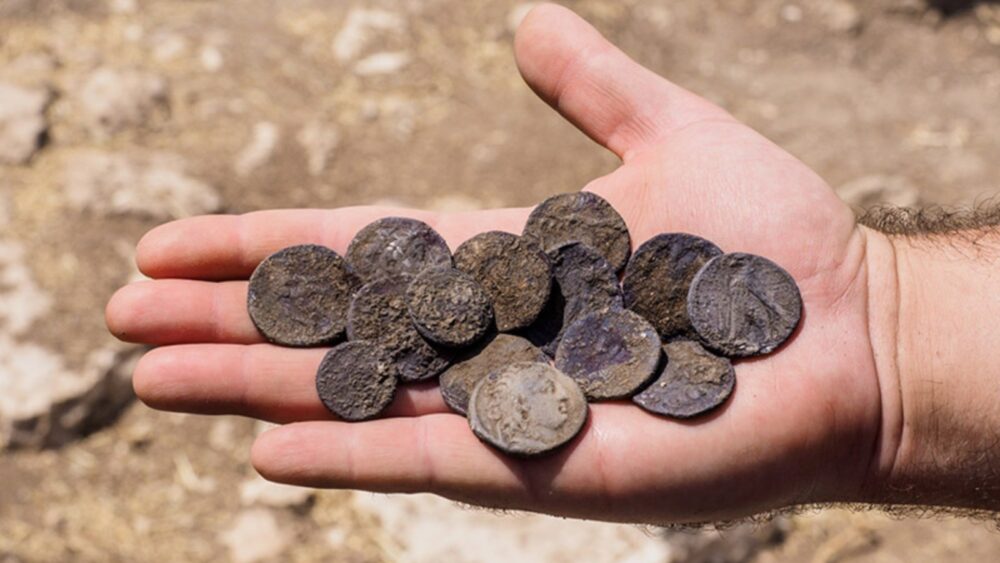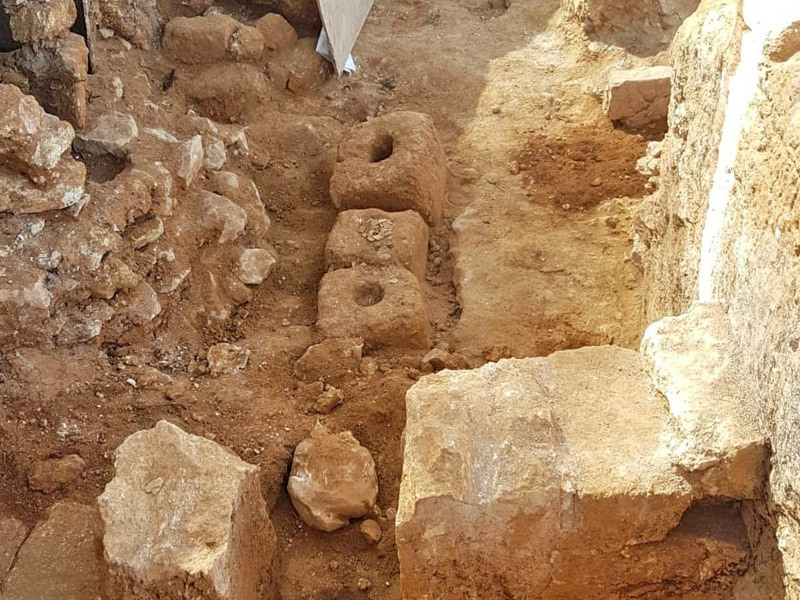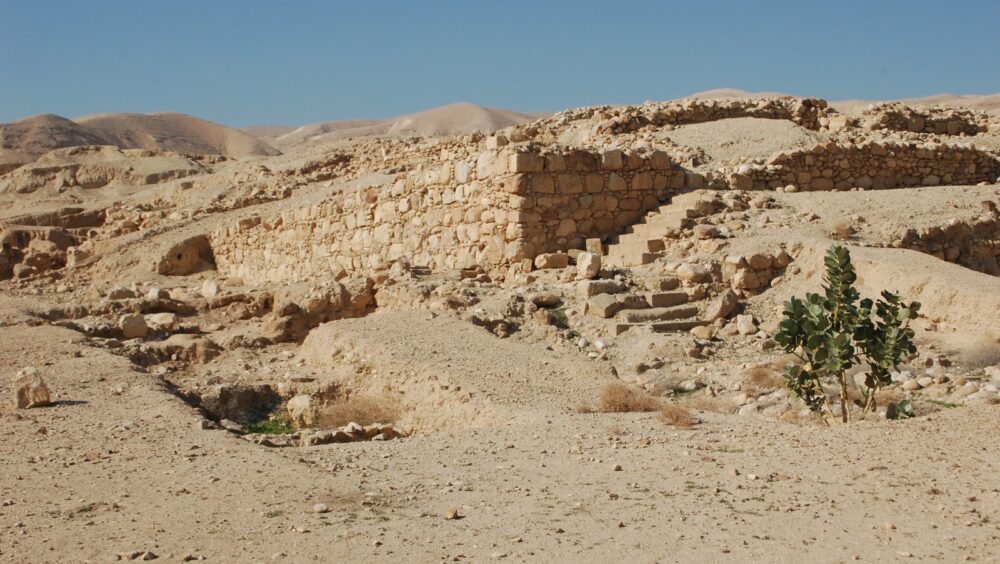6 findings linked to Macabee warriors
Published November 29, 2021
Just in time for Hanukkah, archeologists revealed new evidence of the long battle between Hellenists and Hasmoneans in the holy land.
Hanukkah celebrates the 164 BCE victory of an army, led by a father and sons known as the Maccabees, over Hellenist (Seleucid) conquerors who’d outlawed Jewish practices and defiled the Temple in Jerusalem.
In the years after the Maccabees purified and rededicated the Temple, battles against the Seleucids continued under Maccabee descendants as they established the Hasmonean dynasty.
And now archeologists have unearthed a Seleucid fortification destroyed 2,100 years ago by the Hasmoneans in Lachish Forest.
Israel Antiquities Authority archeologists and student diggers found weapons, burned wooden beams, jugs and dozens of coins in the structure.

“The excavation site provides tangible evidence of the Hanukkah stories,” said excavation directors Saar Ganor, Vladik Lifshits and Ahinoam Montagu.
“It appears that we have discovered a building that was part of a fortified line erected by the Hellenistic army commanders to protect the large Hellenistic city of Maresha from a Hasmonean offensive. However, the finds from the site show that the Seleucid defenses were unsuccessful.”
They believe the building was destroyed under Hasmonean leader John Hyrcanus around 112 BCE. His conquests are described in the Books of the Maccabees and by Roman-era historian Josephus.
“The stories of the Maccabees are coming to life before our eyes,” said Israel Antiquities Authority General Director Eli Eskozido.
But this is hardly the first find relating to the heroes of Hanukkah.
Maccabee mansion hiding under modern home
When Theo and Miriam Siebenberg built a house in Jerusalem’s Old City in 1970, Theo had a hunch that ancient Jewish leaders had inhabited this area close to the Temple Mount.
Eighteen years of digging confirmed that the Siebenberg house sits on several layers of Jewish history going back about 3,000 years.
Among these layers are the remains of a Hasmonean mansion that Biblical Archaeology Review called “an engineering and structural marvel.”
The Siebenbergs turned the excavations under their home into a museum.



















